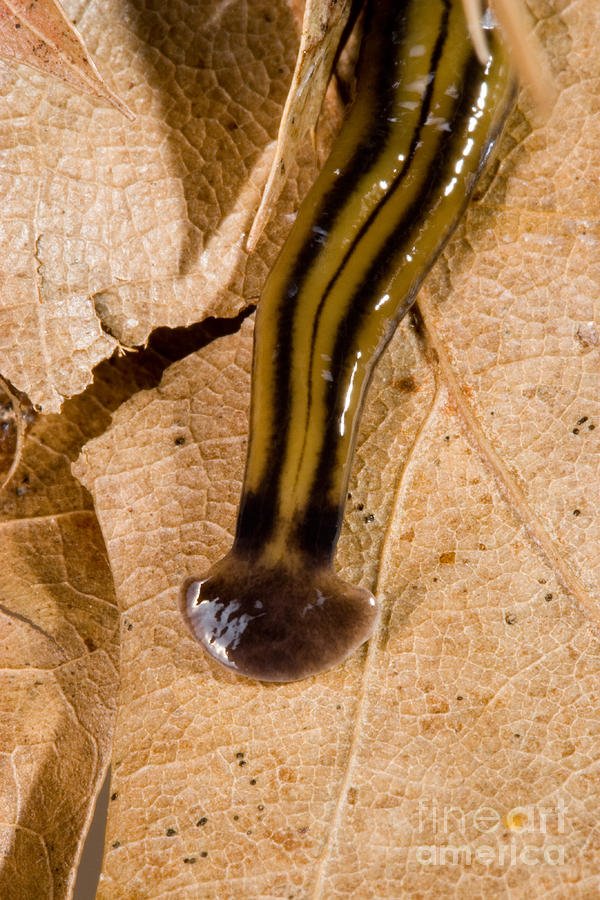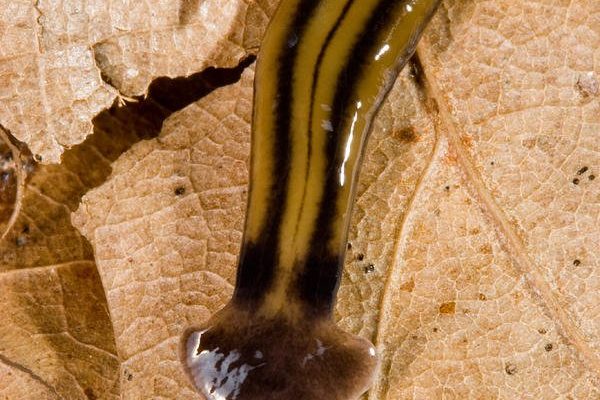
Flatworms belong to a diverse group of organisms, including species like planarians and tapeworms. Some of them are free-living, thriving in various habitats like freshwater, marine, and even terrestrial environments, while others are parasitic. The impact they have on their ecosystems—positively and negatively—can help us understand broader ecological concepts. So, let’s dive into the ecological benefits and drawbacks of flatworm populations and see how they shape their worlds.
The Ecological Role of Flatworms
Flatworms play several roles within their ecosystems, which can be likened to different instruments in an orchestra. Each type of flatworm contributes its unique sound, creating a harmonious balance. They can be scavengers, predators, or even prey for other animals. By consuming dead or decaying organic matter, free-living flatworms help recycle nutrients back into the ecosystem. This decomposition process is vital for maintaining soil health and promoting plant growth.
Moreover, flatworms are essential players in the food chain. Many animals, from fish to birds, rely on them as a food source. This makes flatworms a crucial link in the ecosystem. If flatworm populations are healthy, chances are other species thrive too. But it’s important to note that flatworms aren’t just beneficial in open ecosystems; they also play significant roles in aquatic habitats, like ponds and streams.
Benefits of Flatworm Populations
Flatworms offer several ecological benefits, making them valuable members of their communities. Here are some of the key advantages of having flatworms around:
- Nutrient Recycling: As scavengers, flatworms help break down organic matter. By feeding on decaying plants and animals, they return nutrients to the soil or water, supporting other life forms.
- Predator Control: By preying on smaller organisms, flatworms help regulate populations. This control helps maintain balance within ecosystems, preventing any one species from becoming too dominant.
- Habitat Diversity: Flatworms contribute to habitat complexity by creating microhabitats for different organisms. For instance, some flatworms burrow into the mud or sand, forming unique environments that other species can inhabit.
- Bioindicators: The presence or absence of certain flatworm species can indicate ecosystem health. For example, if flatworm populations decline, it might signal pollution or habitat degradation.
Here’s the thing: when flatworms thrive, they often indicate a balanced ecosystem where other species can flourish too. This makes understanding their populations essential for conservation efforts.
Drawbacks of Flatworm Populations
While flatworms can be quite beneficial, there are also some drawbacks to their presence, particularly when parasitic species become involved. Here are a few negative impacts of flatworm populations:
- Parasitic Relationships: Some flatworms, like tapeworms, are parasites that can harm their hosts. They attach to the intestines of animals, leading to malnutrition or disease.
- Competition: Flatworms can sometimes compete with other organisms for food and resources. This competition can threaten the survival of smaller species that share the same niche.
- Ecosystem Disruption: An overabundance of flatworms can lead to imbalances in the food web. For instance, if flatworm populations explode, they may overconsume their prey, disrupting local ecosystems.
- Invasive Species: Some flatworm species are invasive, meaning they can damage native ecosystems. They often have no natural predators in their new habitats, allowing their populations to grow unchecked.
You might be wondering how these drawbacks influence our environment. Essentially, when flatworms turn from beneficial to harmful, they can upset the balance within ecosystems and negatively impact biodiversity.
Examples of Flatworms in Different Ecosystems
Flatworms are found in various ecosystems, from saltwater environments to freshwater rivers and even in the soil beneath our feet. Here are a couple of examples illustrating their ecological roles:
Freshwater Flatworms
In freshwater habitats, such as ponds and streams, you’ll often find planarians. These free-living flatworms feed on smaller invertebrates and decaying organic matter. They contribute significantly to nutrient cycling and can even serve as bioindicators for water quality. If you find healthy planarian populations in a pond, it’s likely the ecosystem is in good shape.
Marine Flatworms
On the other hand, marine flatworms, like the brightly colored polyclad flatworms, can be found in coral reefs and intertidal zones. They play a role in controlling populations of small invertebrates and contribute to the overall health of marine ecosystems. Their vibrant colors also serve as a warning to potential predators, showcasing the fascinating relationship between flatworms and their surroundings.
How Flatworm Populations Change with Environmental Conditions
Flatworms, like many organisms, respond to changes in their environment. Various factors can influence their populations, including water quality, habitat destruction, and climate change.
For instance, pollution can lead to decreased oxygen levels in water, impacting flatworm survival. As these organisms are sensitive to changes in their habitat, shifts in population can be one of the first signs of environmental stress. Moreover, changes in water temperature can impact reproductive cycles, leading to fluctuations in flatworm numbers.
When habitats are destroyed, such as through urbanization or agriculture, flatworm populations often decline. This decline can have ripple effects, potentially harming other species that rely on flatworms for food. Essentially, flatworms can serve as early warning systems, indicating broader ecological issues.
Flatworms, while often overlooked, play significant roles in their ecosystems. They are crucial for nutrient recycling, predator-prey dynamics, and habitat complexity. However, they can also present drawbacks, especially when parasitic or invasive species are involved.
Understanding flatworm populations gives us insight into the health of our ecosystems. Monitoring their numbers can help conservationists identify issues before they escalate into larger problems. So, the next time you come across a flatworm, remember that these tiny creatures are more than just squiggly organisms; they’re vital cogs in the wheel of life on Earth.

